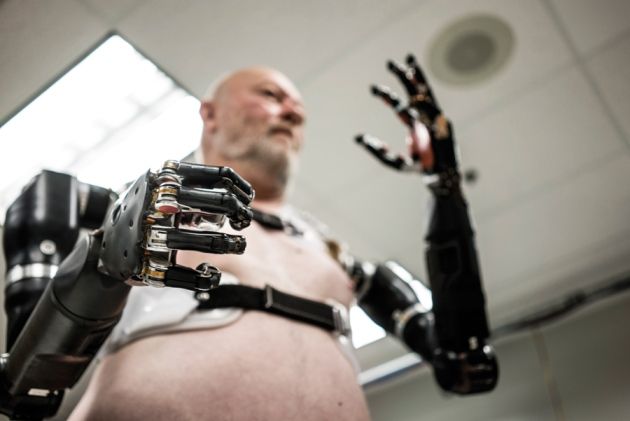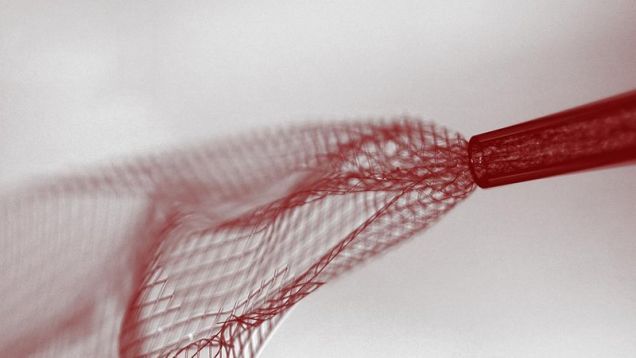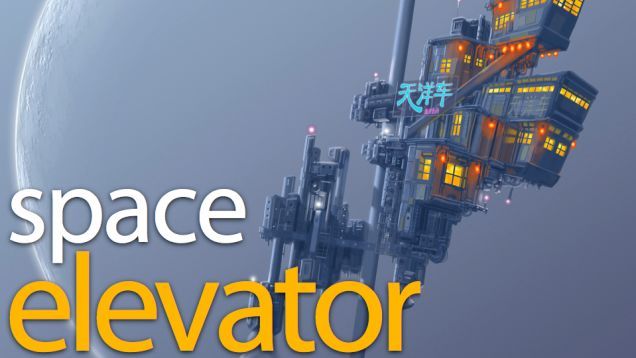A very positive use for video drones.



“The Biological Technologies Office (BTO), which opened in April 2014, aims to support extremely ambitious — some say fantastical — technologies ranging from powered exoskeletons for soldiers to brain implants that can control mental disorders. DARPA’s plan for tackling such projects is being carried out in the same frenetic style that has defined the agency’s research in other fields.” Read more

If there was a drug that meant you never had to sleep again, would you take it? Would those who didn’t need to sleep have special advantages over those who did? All that and a side of zombies, in this week’s episode of Meanwhile in the Future.

In the Culture novels by Iain M. Banks, futuristic post-humans install devices on their brains called a “neural lace.” A mesh that grows with your brain, it’s essentially a wireless brain-computer interface. But it’s also a way to program your neurons to release certain chemicals with a thought. And now, there’s a neural lace prototype in real life.

In the Galactic Public Archives film Click Here for Happiness Prof. Yair Amichai-Hamburger contends that even though technology allows us to connect with one another in unprecedented ways, “loneliness is the disease of the 21st century.” From Hamburger’s perspective, communication technology (coupled with human nature) tempts us to mistake superficial connections for meaningful ones, urges us to value quantity over quality. It creates new opportunities for experiencing the best of what it means to be human, but often our interaction with technology suggests something more akin to an addict on a new drug.
Therapist and author Esther Perel uses this film to explore our ‘existential aloneness’ through a different lens. Much as technology continues to open new doors for connection, the rapid cultural changes of the past 100 years allow us to choose the sort of life we wish to live. We make our most important connections by choice instead of having them mandated to us by tradition. But as is the case with technology, sometimes it isn’t clear if we are primed to use these new opportunities to build more fulfilling lives or simply to frustrate ourselves, building a world where more people feel alone.
Has our increased valuing of independence and self-fulfillment created a fatal conflict with the romantic ideal of ‘the couple?’ Can we have it all or do we need to choose between freedom and belonging? Perel isn’t sure that we can have it all, but she thinks that we can carve out a path that delivers more to more of us than would a retreat into tradition. “Let’s not romanticize the past. I don’t think that the fate of women in those marriages was particularly glorious. It seems that quite a few people were waiting to get out.” Perel argues that the only way that the future of ‘the couple’ can be navigated satisfactorily is if we continue to build upon the social progress of the past century. “You need two people who have equal power to have this communication, or to have this negotiation even able to take place without it being a power maneuver. If it doesn’t happen between two emancipated people it [becomes] a power system, which it was throughout history.”
What do you hope to build in a relationship? What connections do you value? What are your boundaries?

They took each word and looked for other words that often appear nearby in a large corpus of text. They then use an algorithm to see how these words are clustered. The final step is to look up the different meanings of a word in a dictionary and then to match the clusters to each meaning.
This can be done automatically because the dictionary definition includes sample sentences in which the word is used in each different way. So by calculating the vector representation of these sentences and comparing them to the vector representation in each cluster, it is possible to match them. Read more

Ray Kurzweil, director of engineering at Google, is a noted inventor and futurist who has some big ideas about the future of humans.

Space colonization has reached an impasse, for reasons far more fundamental than a lack of money for the Space Shuttle program. There is simply no way humans can travel easily offworld without using massive amounts of rocket fuel to escape the gravity well — and that’s both expensive and environmentally unsustainable. So how will we get off this rock?

Fusion power sounds like an elusive, science-fiction dream, but billions of dollars in investment are pouring into it, according to OilPrice.com.